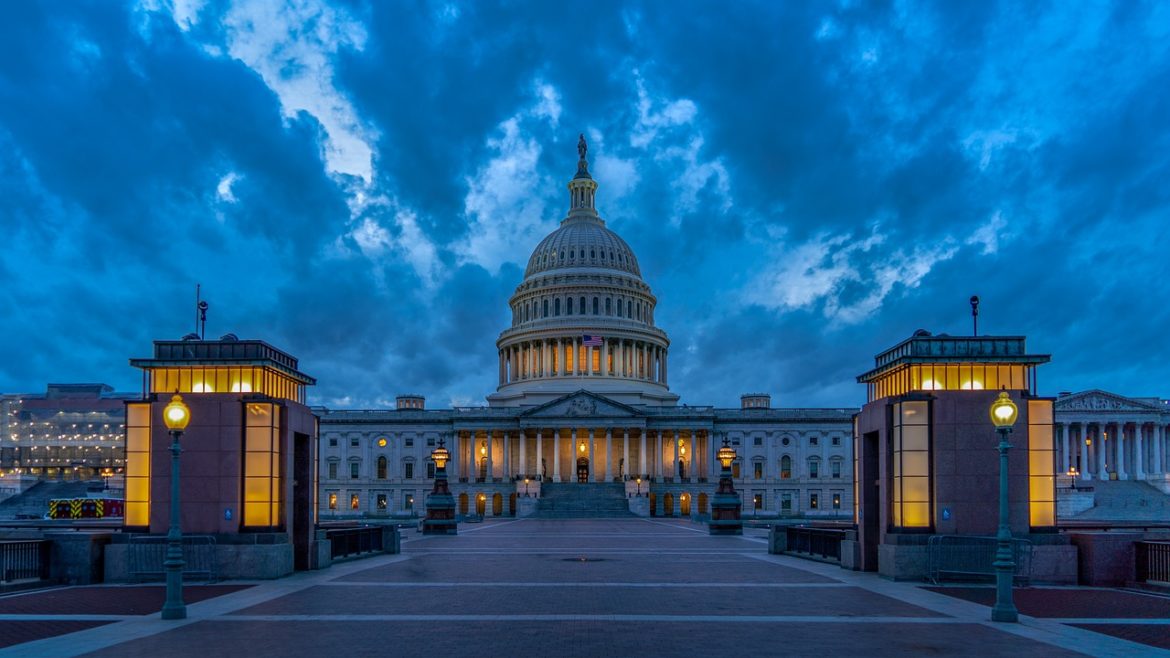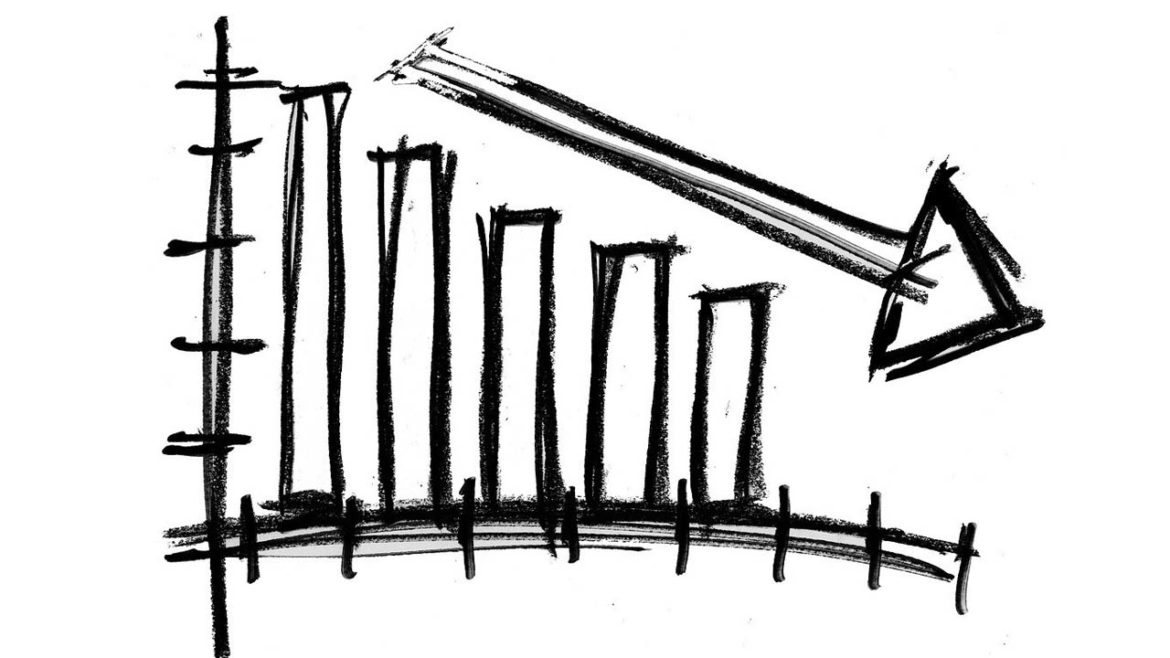Gold has all the potential to go unprecedentedly high. But silver will be gold on
Site:
Precious metals news
 ADP: Jolts Data Suddenly Exposing Cracks in the ‘Oh-So-Strong’ Labor Market
ADP: Jolts Data Suddenly Exposing Cracks in the ‘Oh-So-Strong’ Labor MarketAug 30, 2023 - 05:56:15 PDT
After the JOLTS data suddenly exposing cracks in the 'oh-so-strong' labor market, the latest ADP employment report brought more disappointing news. Job growth slowed notably in August, adding only 177k jobs, the lowest figure since March 2023. This decline was particularly pronounced in the leisure and hospitality sector, which added a mere 30,000 jobs after months of strong hiring. Even across different employment sizes, the gains were modest, with larger companies leading. Wage growth also took a hit, with year-over-year pay increases slowing to 5.9% for job stayers and 9.5% for job changers. This data raises concerns about the impact of tightening measures by the Fed and the overall health of the labor market.
Aug 29, 2023 - 13:14:50 PDT
For the first time, gold prices in Japan surged to a record 10,001 yen ($68.31) per gram on Tuesday due to the yen's decline against the dollar. This reflects rising interest in gold as a secure investment amid global economic concerns. The XAU/USD rate remained above $1,920 due to a slight dip in the U.S. Dollar (USD) value. Despite potential factors like Federal Reserve rate hikes and China's economic situation, gold's safe-haven appeal remains strong.
Aug 29, 2023 - 13:03:59 PDT
Gold prices reached a three-week peak on Tuesday, buoyed by a drop in U.S. consumer confidence and job openings, which led to a weakening dollar and Treasury yields. This surge in the precious metal's value arrives just before the release of U.S. inflation and labor market data later in the week. As Treasury yields have eased from their 15-year highs, gold prices have seen gains over the past week. A strategist at Morgan Stanley also expressed interest in purchasing gold, highlighting growing optimism for the yellow metal.
Aug 29, 2023 - 12:38:40 PDT
Mounting US debt, coupled with persistent deficits, paints a bleak picture of potential dollar inflation turmoil. Uncontrolled deficits could lead to fiscal dominance and soaring real interest rates, triggering a chaotic monetization spiral, with global repercussions.
In this grim scenario, desperate measures might eliminate interest on reserves, driving rampant inflation as a revenue source. Consequences include bond market losses and potential banking disintermediation, paving the way for stifling regulations.
The recent debt ceiling agreement overlooked ballooning deficits tied to entitlements, signaling a grim future of high inflation and economic stagnation with no remedy in sight.
U.S. regulators unveil plans for regional banks to issue debt and enhance living wills, aiming to protect against failures. Banks with over $100 billion in assets must hold long-term debt for absorbing losses during government seizures. These measures stem from the regional banking crisis earlier this year. New requirements are expected to increase funding costs, potentially impacting earnings and credit ratings. The proposal reflects a response to sudden collapses and emerging risks in the banking system.
Over $10 trillion spent on Covid overreaction, with Trump and Biden contributing $6 trillion and $4 trillion respectively. Massive debt/contrived money added, but effects overlooked amidst panic and distraction. Funds created and distributed electronically, while most received stimulus checks. Vast sums remain unpaid and stolen due to fraud. Giveaways continue, but their profound and lasting effects are ignored. Hundreds of new billionaires created, hospitals and pharma companies profited, inflation surged. Inflation's ratchet effect worsens economic disparity. Lockdowns, masks, tests, and shots showed minimal differences in health outcomes. The toll: wealth loss, missed experiences, social stratification. A broken reality with irreparable losses.
 It Has Just Been Made Clear: Central Banks Aren't In Control, And Don't Pretend To Be
It Has Just Been Made Clear: Central Banks Aren't In Control, And Don't Pretend To BeAug 29, 2023 - 08:29:47 PDT
The Jackson Hole symposium highlighted central banks' uncertainty in a shifting global landscape. Discussions centered on changing R* (neutral short-term interest rate) due to deflation concerns, labor market shifts, energy transition, and geopolitical shocks. The acknowledgment of errors and lack of guidance marked a shift towards wisdom in central bank narratives. Market forecasts still struggle to accept central banks' reduced control and the potential for deflation.
 China Banks to Cut Rates, Mortgages, Deposits in Stimulus Not Seen the Since Global Financial Crises
China Banks to Cut Rates, Mortgages, Deposits in Stimulus Not Seen the Since Global Financial CrisesAug 29, 2023 - 08:03:06 PDT
China's major banks are set to cut interest rates on existing mortgages and deposits, a move not seen since 2009's global financial crisis. State-owned lenders like Industrial & Commercial Bank of China and China Construction Bank are expected to reduce rates on most of the nation's $5.3 trillion outstanding mortgages, primarily on first-home loans. These measures aim to stimulate consumer spending, attract funds to the stock market, and ease pressure on banks' profit margins. However, skepticism remains about their effectiveness in boosting investor confidence and the overall economy.
Contrary to the expected slight decline to 9.5 million, the July job openings report delivered a significant surprise. The Bureau of Labor Statistics revealed a startling figure of just 8.827 million job openings, marking the first instance of sub-9 million since March 2021. This shocker ranked as the third largest miss on record. What makes matters worse is that, if not for the BLS's considerable reduction of the May count from 9.582 million to a questionable 9.165 million, the drop would have been nearly 800,000 job openings. This pattern of downward revisions has become a recurrent theme during the Biden administration, leading to skepticism about data accuracy and raising concerns of deliberate data manipulation.
 Conference Board Confidence Plunged to Its Lowest Since Dec 2022 and Expectations Tumbled
Conference Board Confidence Plunged to Its Lowest Since Dec 2022 and Expectations TumbledAug 29, 2023 - 07:47:51 PDT
After reaching two year highs in July, The Conference Board consumer confidence survey was expected to show a very modest decline in August. Instead it plunged from the best in two years to the weakest since May (July was revised down from 117 to 114 and then August printed 106.1, dramatically below the 116.0 exp).
Aug 29, 2023 - 07:27:19 PDT
San Francisco and Seattle are down near 10% year-over-year (YoY) while Chicago and Cleveland lead in price gains.
The S&P CoreLogic Case-Shiller U.S. National Home Price NSA Index, covering all nine U.S. census divisions, reported 0.0% annual change in June, up from a loss of -0.4% in the previous month. The 10-City Composite showed a decrease of -0.5%, which is an improvement on the -1.1% decrease in theprevious month. The 20-City Composite posted a year-over-year loss of -1.2%, up from -1.7% in the previous month.
The federal government has added $1.3 trillion to the national debt in just three months.When the fake debt ceiling fight ended and Congress suspended the federal government’s borrowing limit for two years in June, the national debt stood at $31.46 trillion. As of Aug. 26, the debt had surged to $32.81 trillion.And with the Biden administration running massive deficits month after month, there's no reason to think the borrowing is going to slow down anytime soon.
Aug 29, 2023 - 06:40:06 PDT
China's economic troubles, including a real estate slump and high Gen Z unemployment, are causing deflation and sluggish growth, which experts like Brendan McKenna of Wells Fargo fear could infect the U.S. and lead to a global economic downturn. Key challenges include structural imbalances, inadequate social security, and unstable international relations. While some believe China's troubles may not significantly impact the U.S., the situation underscores the complexity and interconnectedness of the global economy, posing a threat to the global economy.
The Japanese government has signaled economic recovery with increasing prices and wages, but there is growing concern over higher living expenses. Despite the highest pay offers in decades and core inflation exceeding the Bank of Japan's target, the government did not officially declare an end to deflation, indicating continued uncertainty. This underscores the deeply rooted deflationary mindset of households and companies, despite significant fiscal spending and ultra-loose monetary policy, highlighting the ongoing struggles of the Japanese economy.
There is a growing consensus that the Federal Reserve can slay price inflation while guiding the economy to a “soft landing.” In fact, Fed economists now project the US economy will not spin into a recession. Other mainstream pundits and prognosticators have taken up this narrative. But there are plenty of reasons to doubt it.
The economic outlook is grim as the former Bank of England economist and adviser to the UK Chancellor forecasted a recession due to necessary high borrowing costs. The lack of confidence among policymakers in achieving a sustainable 2% inflation, combined with persistent concerns about price pressures and the market's failure to adjust to economic weaknesses, underscores a bleak "higher-for-longer" rate scenario. This dismal outlook is further compounded by the prediction that only a recession can quell the rampant inflation, signifying a dire situation ahead.
Mike Maloney explores the remarkable surge in technology that blurs the boundary between manipulation and reality.
 BIG TROUBLE FOR USA GOLD: Collapse In Mine Supply As Country Exported A Massive Amount Of Gold
BIG TROUBLE FOR USA GOLD: Collapse In Mine Supply As Country Exported A Massive Amount Of GoldAugust 29, 2023
The United States is in serious trouble after exporting a record amount of gold since 2001 while domestic mine supply collapsed. This will likely go down in history as one of the United States' biggest Blunders. So, how much gold did the USA export?? A Bunch... LOL...
Morgan Stanley's wealth-management business sees a buying opportunity in gold as it remains resilient despite the surge in real interest rates. Lisa Shalett, chief investment officer at Morgan Stanley Wealth Management, notes that gold's resilience may be due to the view that the rate hike is temporary and "purely technical," or because gold is holding up as an alternative currency when the dollar is vulnerable due to inflation and ballooning deficit-financed spending. This presents a favorable intermediate outlook for gold, encouraging buying on weakness or declines in rates.
Western democracies are unprepared for the impending shift from the fiat dollar to an alternative international trade settlement system based on commodities, including gold, initiated at the BRICS summit. This move challenges the Keynesian economic theory, promoting production over aggregate demand, and is accelerated by the fiat dollar's debasement and Russian sanctions. The new gold settlement system will encourage sound economic practices, minimize government spending, and ultimately lead to the demise of fiat currencies, making them the "barbarous relics" as predicted by Keynes.








